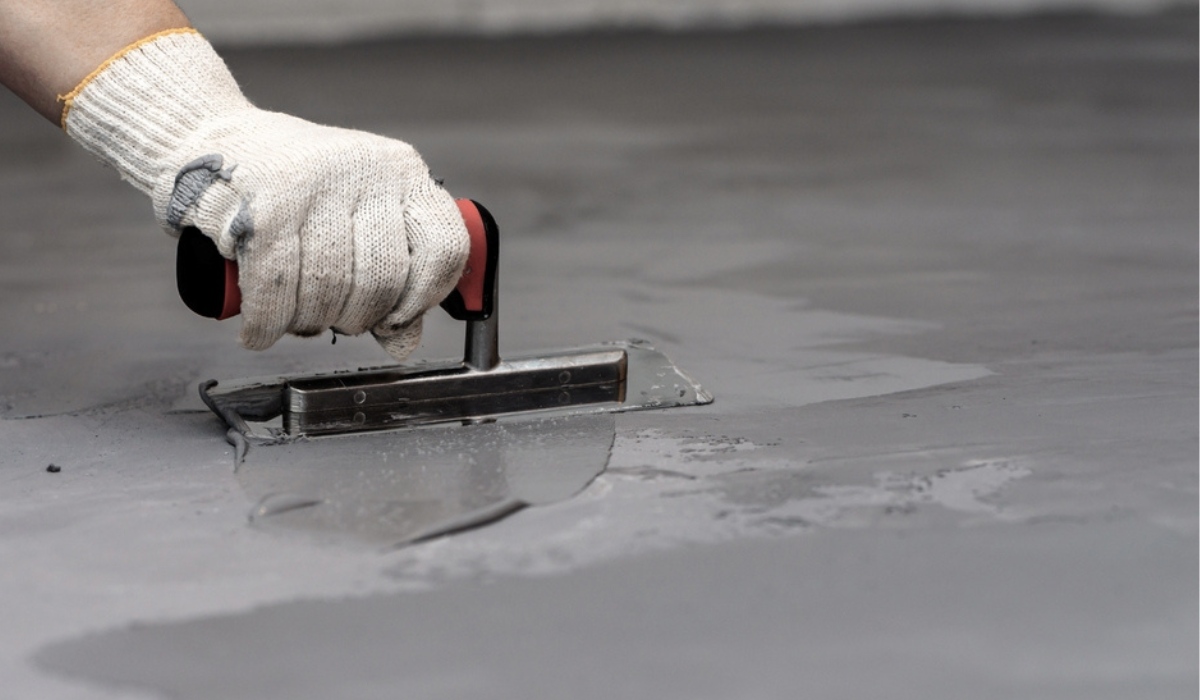Concrete house slabs Melbourne is one of the world’s most widely-used construction materials, due to its versatility, durability, low maintenance needs, and ability to be formed into any desired size or shape.
Though a basic recipe requires only four ingredients, creating an optimal concrete formula requires considerable work and effort. That is why concrete professionals employ a process known as mix design.
Water
Water is an integral component of concrete construction. It helps the cement to hydrate, as well as creating the paste that connects all of its aggregates together. But too much moisture may compromise its strength.
Water in concrete affects its fresh and hardened properties such as workability, compressive strengths, permeability and durability. Furthermore, the quality and source of its source play an integral role in shaping these attributes [1].
Impurities found in water, such as salt, can damage concrete by increasing drying shrinkage and corrosion of steel reinforcements placed into it. Water can also contribute to cracks forming, reduce the tensile strength of concrete and cause premature failure due to intrusion into pores and cracks. To avoid such situations, it’s essential that we regulate how much water we use when making concrete – this can be accomplished using admixtures designed to increase slump or using flow measurement methods such as meters on site – but adding it when needed for placement purposes is best practice.
Cement
Concrete is a formidable and resilient building material used for everything from driveways and home building projects to large dams and skyscrapers. Its strength lies in the combination of aggregate (such as sand or crushed stone) bound together by fluid cement that cures to harden it over time.
Cement is composed of limestone, clay, silica sand and other industrial byproducts such as fly ash or ground slag that has been ground into fine powder before being mixed with water to form a paste that bonds aggregate materials together. Through chemical reactions called hydration, strong calcium silica hydrates form which provide strength to cement materials.
Ready-mix companies know which concrete will best suit the conditions in their area and conditions. They know which of these varieties of cement would work for your specific use case.
Aggregates
Aggregates comprise 60-80% of any concrete mix and play an essential role in determining how much binder will be required. Coarser aggregates tend to create gaps between particles that require more binder to fill them; their size also determines how workable and durable the end product will be.
Aggregates can be divided into several different types based on their origin, size, shape and use for specific projects. Aggregate types used can either be mined from mines, recycled from waste materials recycling centers or purchased at quarries and recycling centers.
Cement paste is a mixture of Portland cement and water used to combine with dry aggregate, sand and rock (or any other suitable material) before being mixed with dry aggregates like gravel. Once added to dry materials like this one, it coats their surfaces and binds coarse and fine aggregates together through hydration – giving strength to finished concrete. Other types of binding agents are available such as polymer concretes with polymers as binding agents or asphalt concrete which utilizes bitumen as binding agent.
Mixing
Concrete can be mixed by hand or machine in a concrete plant – an industrial facility dedicated to this task that typically mixes aggregates, cement and water together with any additional ingredients necessary, such as insulation materials or foaming agents for precast shapes.
After mixing, concrete must be quickly transported to its final position for setting. Any excessive handling can result in segregation of coarse and fine aggregates or weaken the concrete as it sets.
Concrete may be enhanced with various additives to enhance specific properties. Plasticizers make concrete more workable without increasing water content, while superplasticizers do the same while increasing strength. Air entraining additives reduce freeze/thaw cycle damage while increasing durability; accelerators accelerate curing while retarders halt it.
Recycling concrete is also widespread within the industry, with construction waste and industrial byproducts such as bottom ash and blast furnace slag often used as replacement aggregates in mixes. By doing so, they reduce raw material requirements for projects while further decreasing environmental impacts.
